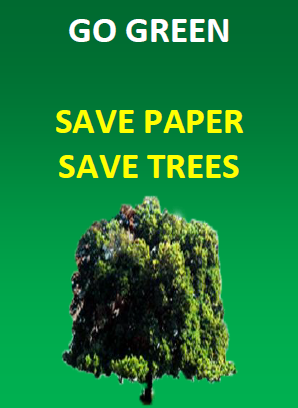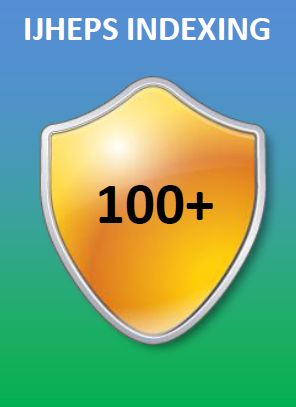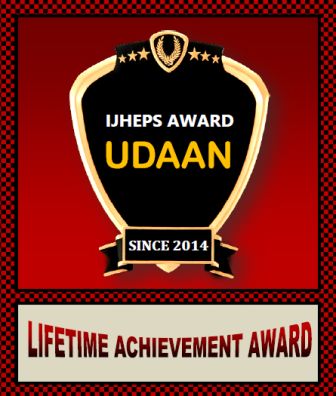
e-ISSN 2320-2955, p-ISSN 2249-2569, ISBN 978-81-909047-9-7
INTERNATIONAL RESEARCH JOURNAL OF HUMANITIES,
ENGINEERING & PHARMACEUTICAL SCIENCES
(An International Registered Research Journal) - Now IJHEPS Recommended By International Committee of Medical Journal Editors, USA
- Now IJHEPS Recommended By International Committee of Medical Journal Editors, USA
| HUMANITIES | |
|---|---|
| Title | IMPACT OF CONCRETE ASPHALT AND BRICK-TILES IN URBAN HEAT ISLAND FORMATION A SUMMER TIME EMPIRICAL STUDY IN NCR DELHI |
| Authors | Rajbir Singh Bondwal & Dr. N. S. Bisht IFS (Retd) |
| Page No | 47-51 |
| Code | Int./JAN19/H1739 |
| Affiliation | FRI Dehradun |
| Abstract | The urban heat island (UHI) phenomenon is significantly affecting the health, comfort and productivity in urban areas with serious economic, ecological and environmental implications. Fifty-five percent of the world population is already living in urban areas and it is projected to reach 68% by 2050. The situation is more challenging in developing countries like India where it has reached up to 34% and is growing fast, which needs to be provided a healthy and productive urban environment. The NCT Delhi and its neighboring towns like Gurugram, Faridabad, and Ghaziabad call for timely planning to address the UHI aspect. It is now well established that increasing proportions of impervious non-evaporating land surfaces comprise the major causes of UHI development. Therefore it is imperative to study the thermal behavior of various construction materials and land surface types round the clock, and to estimate their proportionate contribution in the ambient air temperature for formulating a management strategy to contain the UHI. In recent decades, use of remote sensing technology for estimation of land surface temperature (LST) has added new dimensions to the traditional methods of UHI studies. The indirect remotely sensed data, however, needs to be verified and calibrated with actual sample data on the ground. This study describes the collection of actual temperature data of various construction materials and land cover surfaces with a handheld infrared (IR) thermometer during summer season at half-hourly intervals continuously for five days. The land cover wise temperature and its diurnal behavior have been compared with the weather station based air temperature diurnal cycle and with satellite based temperature estimates. |
| Paper | Download |









